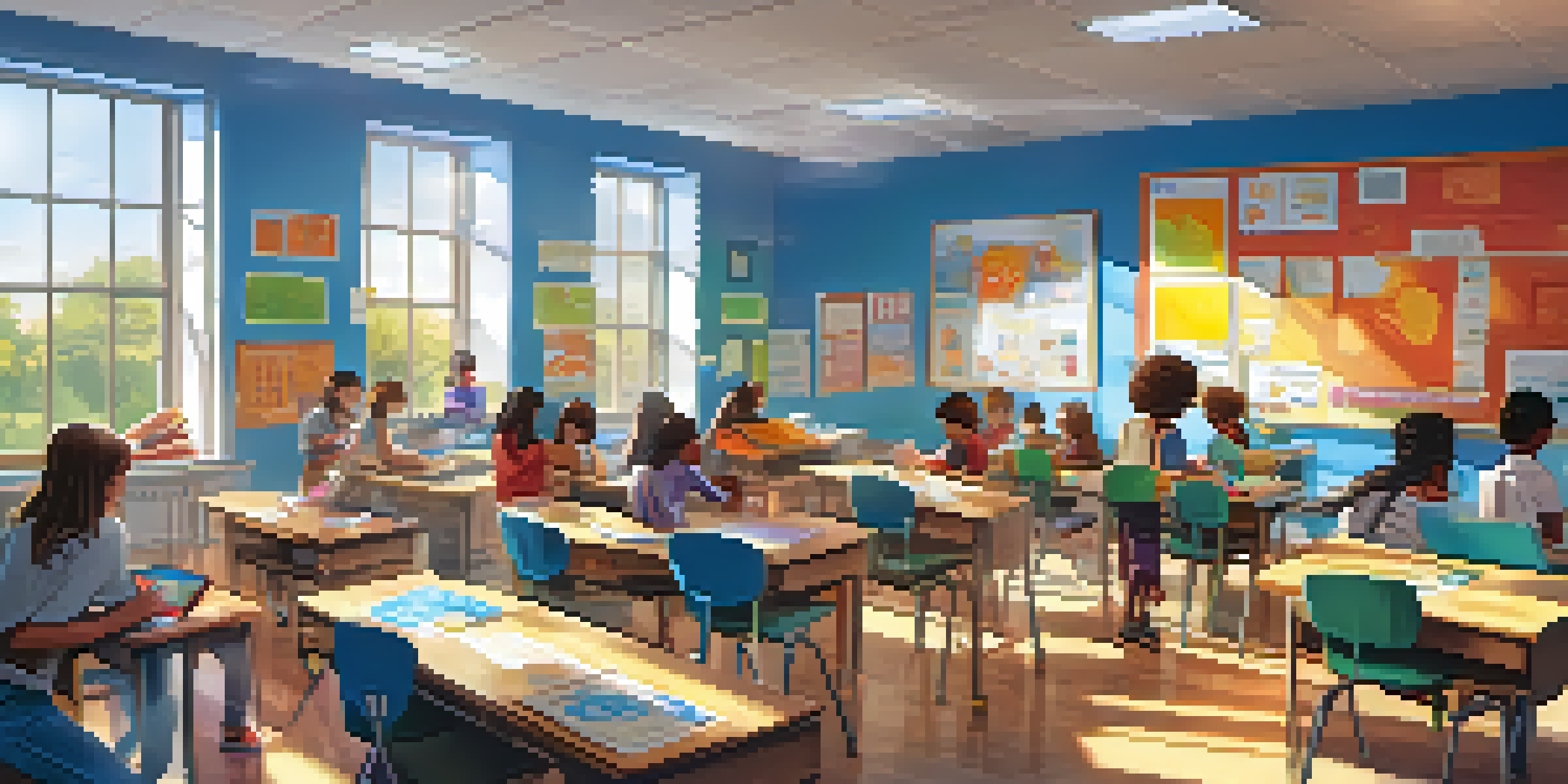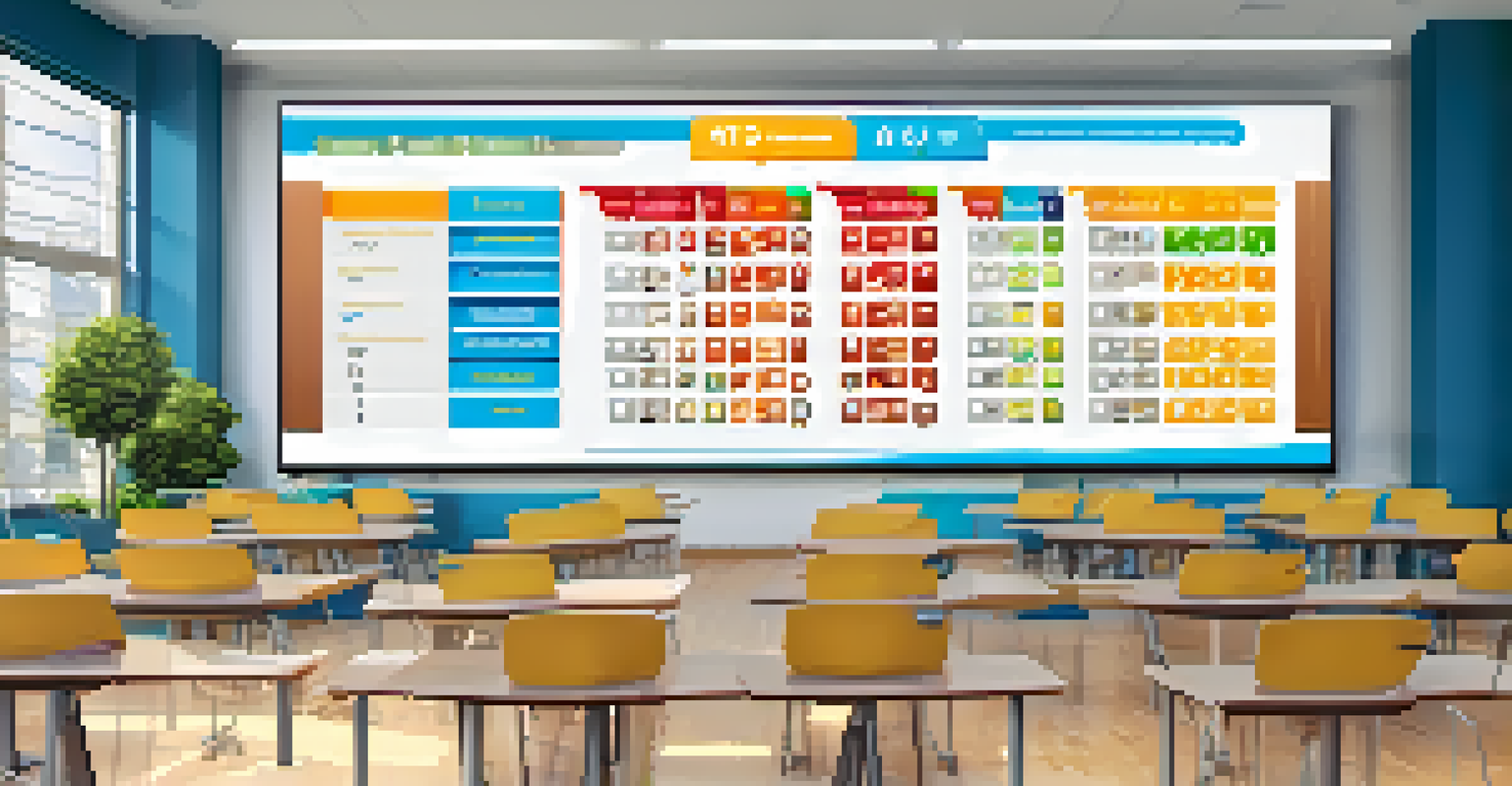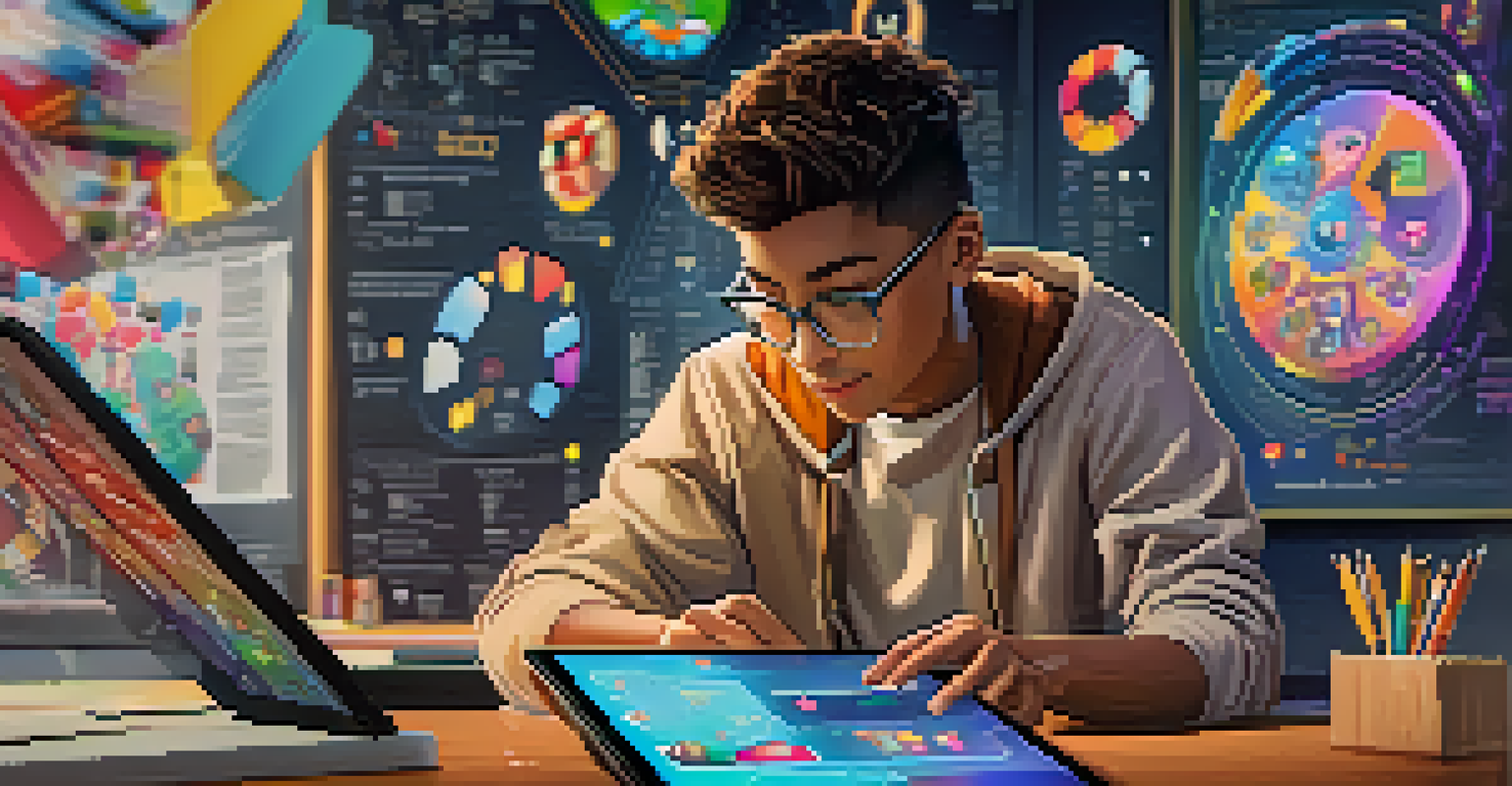Gamified Assessment Tools: Making Learning Fun and Effective

Understanding Gamified Assessment Tools and Their Purpose
Gamified assessment tools blend game elements with traditional learning. They aim to make the learning process more engaging and enjoyable. By incorporating aspects like points, levels, and challenges, these tools can motivate learners in a way that conventional methods often fail to do.
Games are the most elevated form of investigation.
Imagine studying for a test like playing your favorite video game. Just as you level up by completing missions, students can progress through educational content, gaining rewards for their achievements. This sense of accomplishment not only boosts confidence but also encourages a deeper understanding of the material.
The ultimate goal of these tools is to create an interactive and stimulating environment. By transforming assessments into fun activities, educators can foster a more positive attitude towards learning, making it a rewarding experience rather than a chore.
Key Features of Effective Gamified Assessment Tools
Effective gamified tools often include features such as instant feedback, leaderboards, and a variety of challenges. Instant feedback helps learners understand where they stand and what areas need improvement. It’s like having a coach who provides real-time advice, guiding you on your learning journey.

Leaderboards add a competitive element, encouraging students to strive for higher scores. This friendly competition can spark motivation, much like how athletes push each other to achieve their best. It creates a community where learners can celebrate each other’s successes.
Gamification Boosts Learning Engagement
Gamified assessment tools make learning enjoyable by incorporating game elements that motivate students to participate actively.
Variety in challenges keeps things fresh and engaging. Different types of tasks—quizzes, puzzles, or interactive simulations—cater to various learning styles. Just as a well-rounded fitness routine keeps you motivated, diverse assessments keep learners eager to tackle new challenges.
Benefits of Gamified Assessments for Learners
One of the most significant benefits of gamified assessments is increased engagement. When students find learning enjoyable, they are more likely to participate actively. This heightened involvement leads to better retention of information and skills, making the learning process more effective.
Play is the highest form of research.
Gamified assessments also promote a growth mindset. Students learn that making mistakes is part of the journey, much like failing at a level in a video game. This perspective encourages resilience and a willingness to keep trying, ultimately leading to mastery of the subject.
Additionally, these tools can cater to diverse learners. By offering various ways to demonstrate knowledge, such as through game-based formats, educators can meet students where they are. This inclusivity fosters a more equitable learning environment, where all students have the opportunity to succeed.
How Gamified Assessments Enhance Collaboration Among Peers
Collaboration is a critical skill in today’s world, and gamified assessments can cultivate this through group challenges. When students work together to solve problems or complete tasks, they learn valuable teamwork skills. It’s like being part of a sports team, where success relies on everyone playing their part.
These collaborative tasks can also create a sense of community among learners. As students engage in friendly competition or work towards common goals, they build relationships and foster a supportive learning environment. This social aspect can make the learning experience much more enjoyable.
Collaboration is Enhanced Through Games
Group challenges in gamified assessments foster teamwork and build a supportive learning community among peers.
Moreover, gamified assessments can encourage peer feedback. Students can review each other's performances, offer suggestions, and celebrate successes together. This interaction not only enhances learning but also prepares students for real-world scenarios, where collaboration and feedback are essential.
The Role of Technology in Gamified Assessments
Technology plays a crucial role in the effectiveness of gamified assessments. With advancements in digital platforms, educators can create interactive and immersive experiences that were once unimaginable. Think of it as stepping into a virtual classroom where learning happens through engaging activities and challenges.
Mobile apps, online platforms, and augmented reality tools can enhance learning experiences significantly. These technologies allow students to access assessments anywhere, making learning more flexible and accessible. Just like how smartphones have revolutionized communication, technology in education has transformed how we learn and assess knowledge.
Moreover, data analytics from these tools can provide valuable insights for educators. By tracking student progress and engagement levels, teachers can tailor their approaches. This data-driven strategy ensures that learning is personalized, addressing each student's unique needs.
Challenges and Considerations in Implementing Gamified Assessments
While gamified assessments offer many benefits, they also come with challenges. For instance, not all students may respond positively to game elements. Some might prefer traditional assessment methods, so it's essential to strike a balance and offer varied approaches.
Additionally, creating effective gamified assessments can require significant time and resources. Educators need to invest in training and development to ensure they can implement these tools effectively. It’s akin to setting up a new game system—initial setup may be daunting, but the long-term benefits can be worth the effort.
Technology Transforms Learning Experiences
Advancements in technology enable interactive and personalized learning through gamified assessments, making education more accessible.
Lastly, it’s crucial to monitor the effectiveness of these tools. Just because something is fun doesn’t always mean it’s educational. Regular evaluation and feedback from students can help ensure that gamified assessments meet learning objectives while keeping students engaged.
Future Trends in Gamified Learning and Assessment
As we look to the future, gamified learning and assessment will likely continue to evolve. With the integration of artificial intelligence and machine learning, personalized learning experiences will become even more prevalent. Imagine a tool that adapts to your learning style in real-time, providing tailored challenges and support.
Another trend is the incorporation of virtual and augmented reality. These technologies can create immersive learning environments that transport students to different worlds. It’s like stepping into a video game where lessons come to life, making complex subjects more relatable and engaging.

Moreover, as education becomes increasingly digital, we can expect a rise in collaborative online platforms. These will allow students from around the globe to connect and learn together through gamified experiences. The future of learning is not just about individual achievement but also about building a global community of learners.